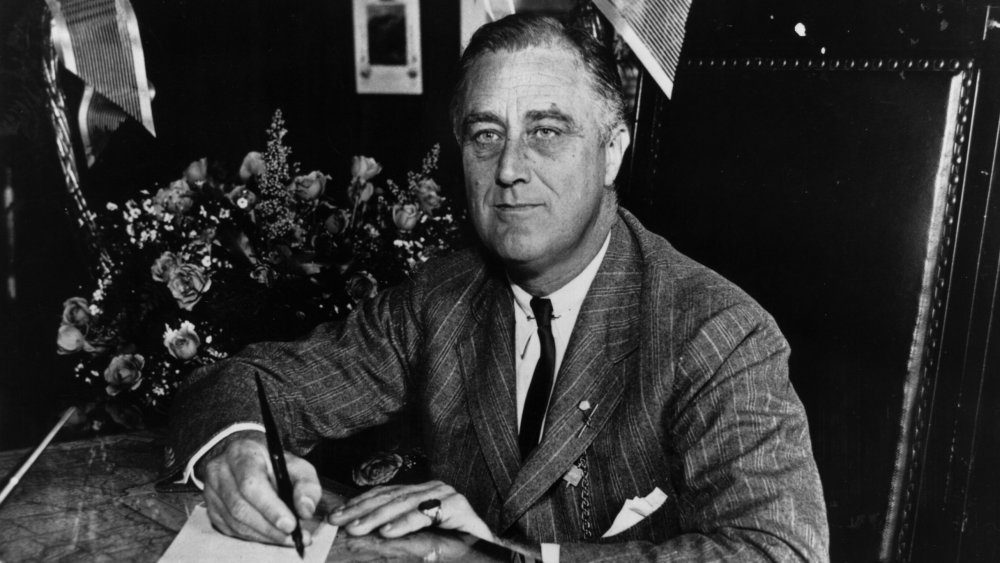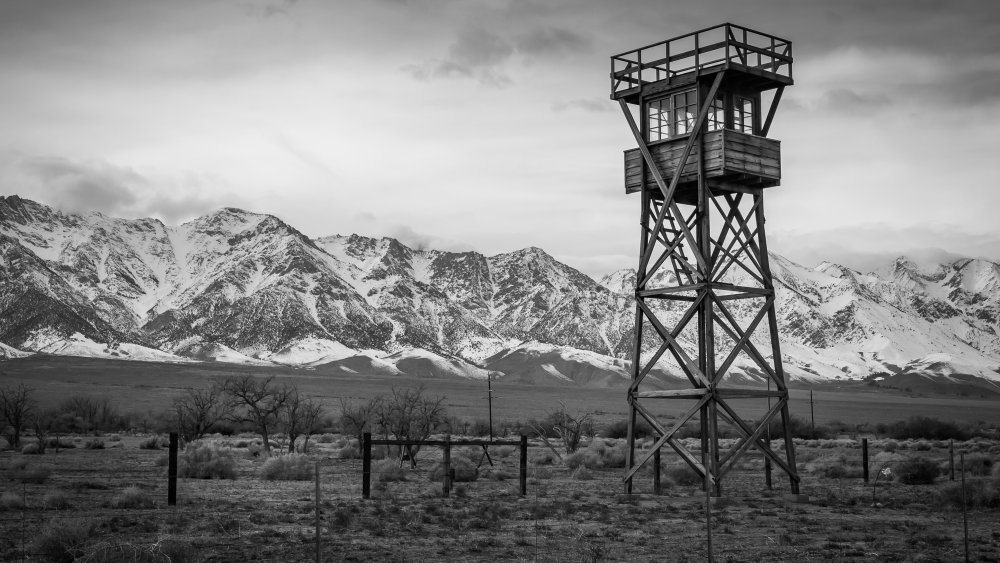The Worst Thing FDR Ever Did As President
Despite his legacy for legislating the New Deal that enabled America's prosperity post the Second World War, Franklin Delano Roosevelt also signed the order that allowed for the internment of Japanese Americans, as well as German and Italian Americans, during the war.
It was February 19, 1942, three months after Pearl Harbor and the US received the pretense it needed to deprive itself of its neutrality. On that day, Roosevelt signed Executive Order No. 9066, which "[authorized and directed] the Secretary of War, and the Military Commanders... to prescribe military areas in such places and of such extent as he or the appropriate Military Commander may determine, from which any or all persons may be excluded, and with respect to which, the right of any person to enter, remain in, or leave shall be subject to whatever restrictions." Using this order, the US army labeled very certain areas in the Western States as exclusion zones, leaving about 112,000 Japanese Americans unhoused.
It is worth noting that a small number of German Americans and Italian Americans also experienced curfews and internment. However, the relative restraint with which the government approached these populations — put together they would only reach about 10% of Japanese Americans interned — means that pushing too heavily would lead to a false equivalency. Additionally, the fact that, as Calisphere notes, Japanese Americans in Hawaii were not interned in large groups like their West Coast counterparts indicates that the military's targeting was more racist than pragmatic.
Liberty deferred
One person who remembers his time during World War II is George Takei. Speaking with Democracy Now, George Takei recollects how as a five-year-old his parents told him that the family was going on a vacation. His arrival at Rohwer, Arkansas revealed the barbed wire and sentry towers of the camp they would spend the next few years. However, his experience, though retrospectively awful, was not too terrible at the time: "[Children] are amazingly adaptable. And so, the barb wire fence became no more intimidating than a chain link fence around a school playground... And at school, we began every school day with the Pledge of Allegiance to the flag. I could see the barb wire fence and the sentry towers right outside my schoolhouse window as I recited the words 'with liberty and justice for all,' an innocent child unaware of the irony."
Rather, it was the return to California that proved difficult. In 1944, when the swing of the war went to the Allies, the US government released its confined peoples only for them to face the racism that interred them in the first place.
It was only in 1976 that the Japanese American community received an apology from the American government when Gerald Ford repealed the Executive Order. Later in 1988, the government passed the Civil Liberties Act, raising $20,000 for each Japanese American who had suffered internment (Encyclopedia Britannica). Still, the racism and war hysteria that fueled FDR's decision-making remains a stain on his legacy.

